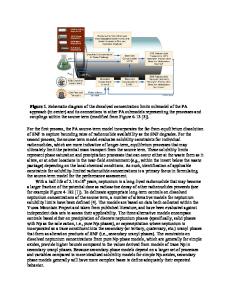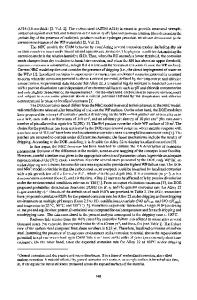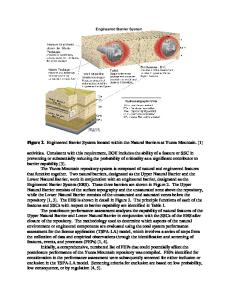Nuclear Waste Package Corrosion Behavior in the Proposed Yucca Mountain Repository
- PDF / 783,423 Bytes
- 10 Pages / 386.64 x 620.1 pts Page_size
- 11 Downloads / 320 Views
uranium before irradiation. 845 Mat. Res. Soc. Symp. Proc. Vol. 556 ©1999 Materials Research Society
projected to have a long term average of about 40 mm/y (significantly more than estimated until recently). Much of this flux is expected to be diverted around the drift walls by capillary action, but some will seep directly onto the waste packages. The purpose of the repository is to protect people from harmful radionuclide releases for an extended period of time (e.g. >10 4 y). The repository has been conceived using a defense-indepth strategy, in which consecutive geologic barriers (intervening rock hindering water transport, chemical trapping, distance) work together with multiple engineered barriers (the waste package walls, the nuclear fuel sheaths, and the ceramic nature of the spent nuclear fuel itself). However, the present high percolation flux estimates and uncertainty in saturated zone water transport indicate that the geologic barriers can be relied upon for defense to a lesser extent than was recently anticipated. This has placed an increased performance burden on the engineered system, and especially the corrosion resistance of the waste package walls since design latitude resides there. Total System Performance Assessment (TSPA) [3] model calculations project that repository performance is severely degraded unless the waste packages are virtually immune to corrosion penetration for the first several thousand years, and that the median time for corrosion penetration is on the order of 105 y or better. WASTE PACKAGE DESIGN Present (late 1998) waste package design specifies a typical Z2 m outer diameter, an z5 m length, and a shrink-fit two-shell wall. The outer shell (100 mm thick) is A516 carbon steel, and the inner shell (20 mm thick) is Alloy 22.c The outer shell is primarily intended to provide mechanical resistance against rock fall and handling stresses, while the inner shell is to provide most of the corrosion resistance. The corrosion performance of the waste package will be determined by the service environment, the physical arrangement of the system, and the material properties. These factors and their uncertainties are discussed below. CORROSION BEHAVIOR The Heat Pulse - Generally Dry Conditions The repository would consist of approximately 100 parallel drifts, each about 1 km long. As soon as all packages within a drift are emplaced, the drift is closed off. After drift closure the package wall temperature is projected to increase over a few years to a peak value in the range of 150'C to 250'C and then decrease slowly as the fuel decays [4]. The package wall is projected to stay above the boiling temperature of water for a period on the order of 102 to 103 y. The peak temperature and time above boiling depend on the overall repository layout (average quantity of SNF per unit area, traditionally expressed as MTU per acre), the package makeup, and position within the repository. During the above-boiling period the atmosphere around the packages is projected [3] to consist mostly of water vap
Data Loading...











